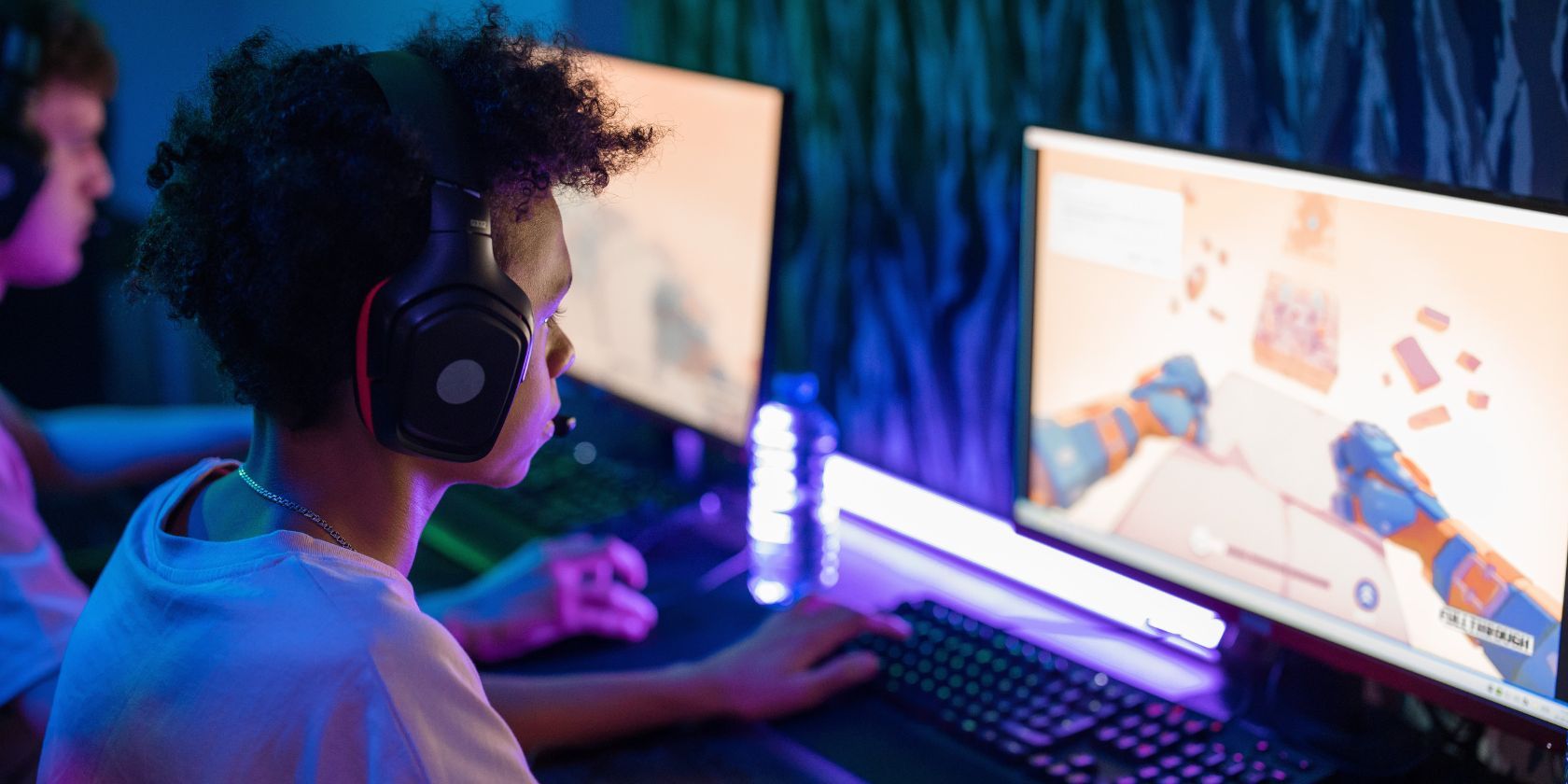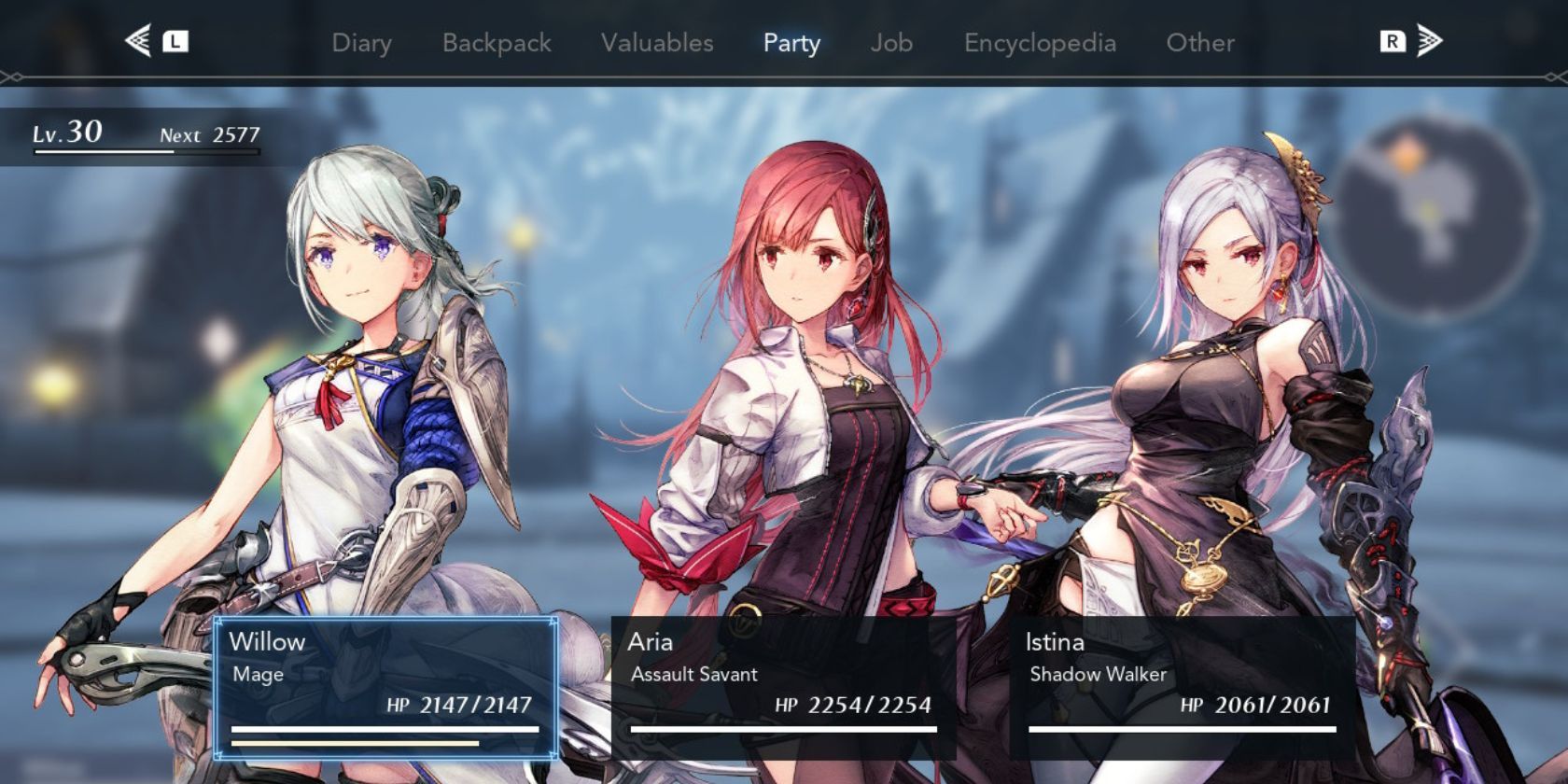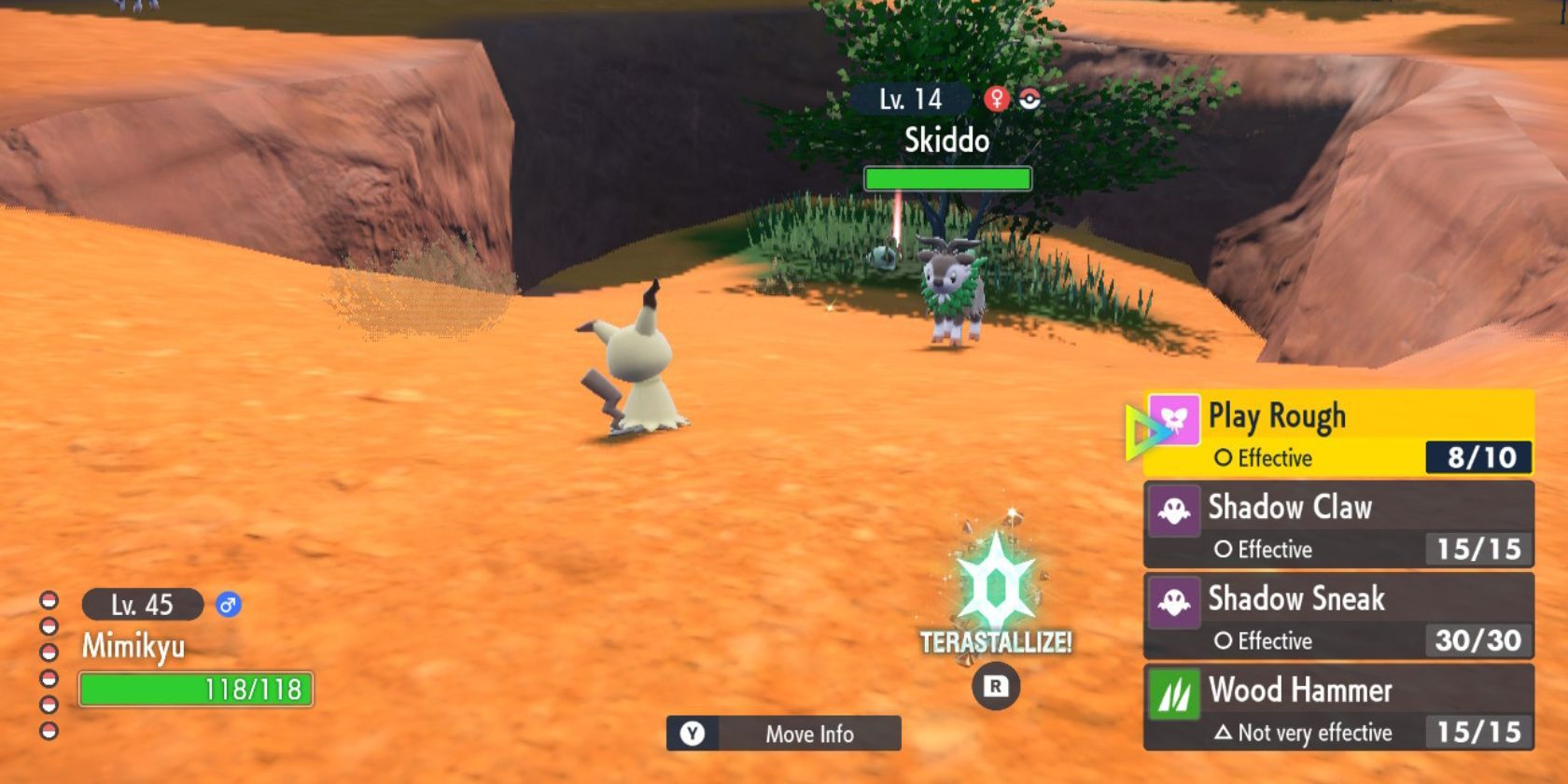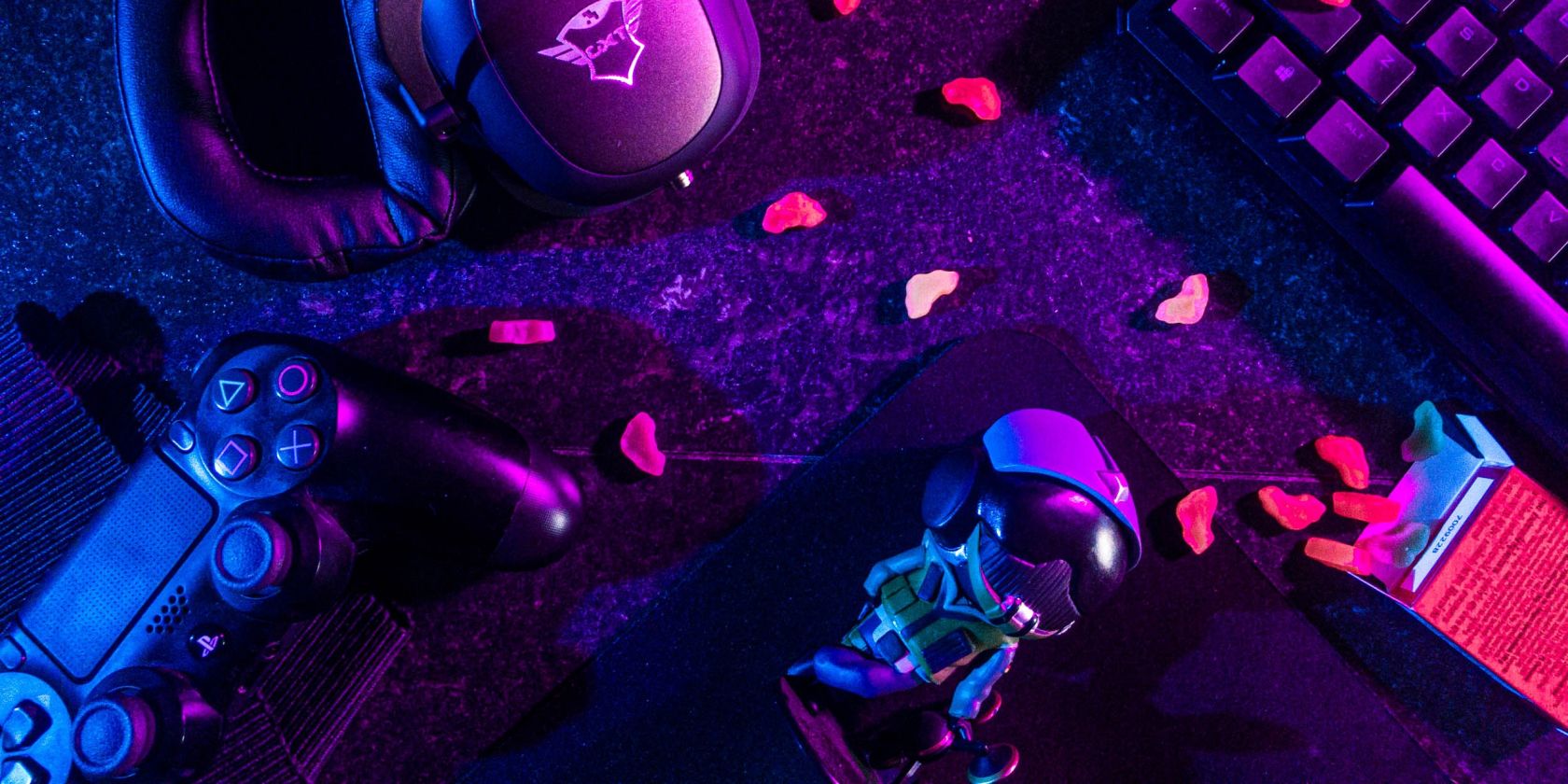When you’re talking about RPGs, they are more or less divided into two sections. Japanese RPGs and Western RPGs. But where a game is made does not define its genre. JRPGs can be made in the West and vice-versa, in the same way that you can still order Italian food outside of Italy.
So if location doesn’t define these two genres, then what does? When taking a harder look into JRPGs and WRPGs, it becomes clear that they are extremely different. JRPGs and WRPGs really are both distinct genres. But how exactly do they differ?
What Is an RPG?
To define the distinctions between JRPGs and WRPGs, we must first ask ourselves, what are RPGs in general? There is a lot to an RPG, but the short version is that an RPG is a role-playing game. A game where you play as a character.
They usually involve leveling your character up by earning experience points (XP), completing main quests and/or side quests, and many more RPG terms that every gamer should know. So if JRPGs and WRPGs both incorporate many of the same aspects into their games, why aren’t they all just called RPGs?
JRPGs and WRPGs Tell Their Stories Differently
The most obvious difference between JRPGs and WRPGs is in their narrative. JRPGs tend to tell the story of a particular character. The protagonist's story is already predetermined. You are just playing it out as you progress through the game.
In WRPGs, on the other hand, you usually have more freedom to create your own story. They often have far more customization options in terms of your character's name, appearance, class, and even dialogue choices.
In the narrative sense, JRPGs invite you to play a story, while WRPGs invite you to write your own.
JRPGs Usually Have Parties
Since JRPGs usually have a far more in-depth narrative, they often contain more characters. Characters are introduced and the relationships between them are thoroughly explored, almost like a novel. In a video game format, this results in the characters joining your party.
Having a party in a video game means you will have one or more NPC characters join your team throughout your adventure. They usually help you out in battle and are an intrinsic part of the story.
Since you are more often than not crafting your own adventure in a WRPG, you are more likely to remain solitary in combat for the majority of your playthrough. This is because there is often no guarantee of how the player's adventure will actually play out.
Think of Skyrim, for example. There are hundreds of NPCs in the world of Skyrim. Each player decides where they want to go and when. They might not even interact with every NPC. Creating a storyline that intertwines with yours in combat for every NPC is not practical in a WRPG.
The Combat Is Often Structured Differently in JRPGs and WRPGs
JRPGs and WRPGs can differ not only in the way they tell their stories but in the way you play them. Combat is usually a good way to tell them apart. JRPGs are often more whimsical and fantasy oriented when it comes to their narrative. This is reflected in the combat.
JRPGs commonly use a turn-based battle system. You are provided with a set of spells or moves to choose from, and you have an indefinite amount of time to decide what you want to do in your turn. Think of Pokémon battles, for example. You decide what move you want to make on your turn, wait for your opponent to make their move in response, so on and so forth. This can take a lot of the stress out of battling and allow you to make tactical and well-thought-out moves.
WRPGs usually utilize a real-time combat system. This heightens the sense of realism in your adventure as the combat unfolds right before your eyes. You have much less time to decide how you want the battle to play out. Split-second decisions are forced upon you in this type of combat, and the result usually depends more on your fighting instincts than tactical problem-solving.
JRPGs and WRPGs Usually Have Different Art Styles
The distinction between fantasy and realism is also present within the two genres' art styles. JRPGs often have an anime art style. Manga and anime are important parts of Japanese culture, and games inspired by those originally created there are often expressed similarly.
WRPGs are usually more gritty and realistic in terms of their art style. They have a tendency to be darker and more life-like. You are the character in a WRPG. The realism helps you immerse yourself deeper into the experience and become one with your alter-ego.
JRPGs and WRPGs Are Defined by More Than Just Region
JRPGs and WRPGs originally got their names because they were independently invented in their namesake's region. They had similarities, but they were distinctly different, meaning they couldn’t fall under the same category. So instead, they were distinguished by region.
This is no longer the case, however, and games with the structure of a JRPG can, and are, produced in the west and vice versa. Region is no longer a distinguishing feature of JRPGs and WRPGs. They really deserve to be recognized as what they are, two distinctly different genres.

.jpg)



